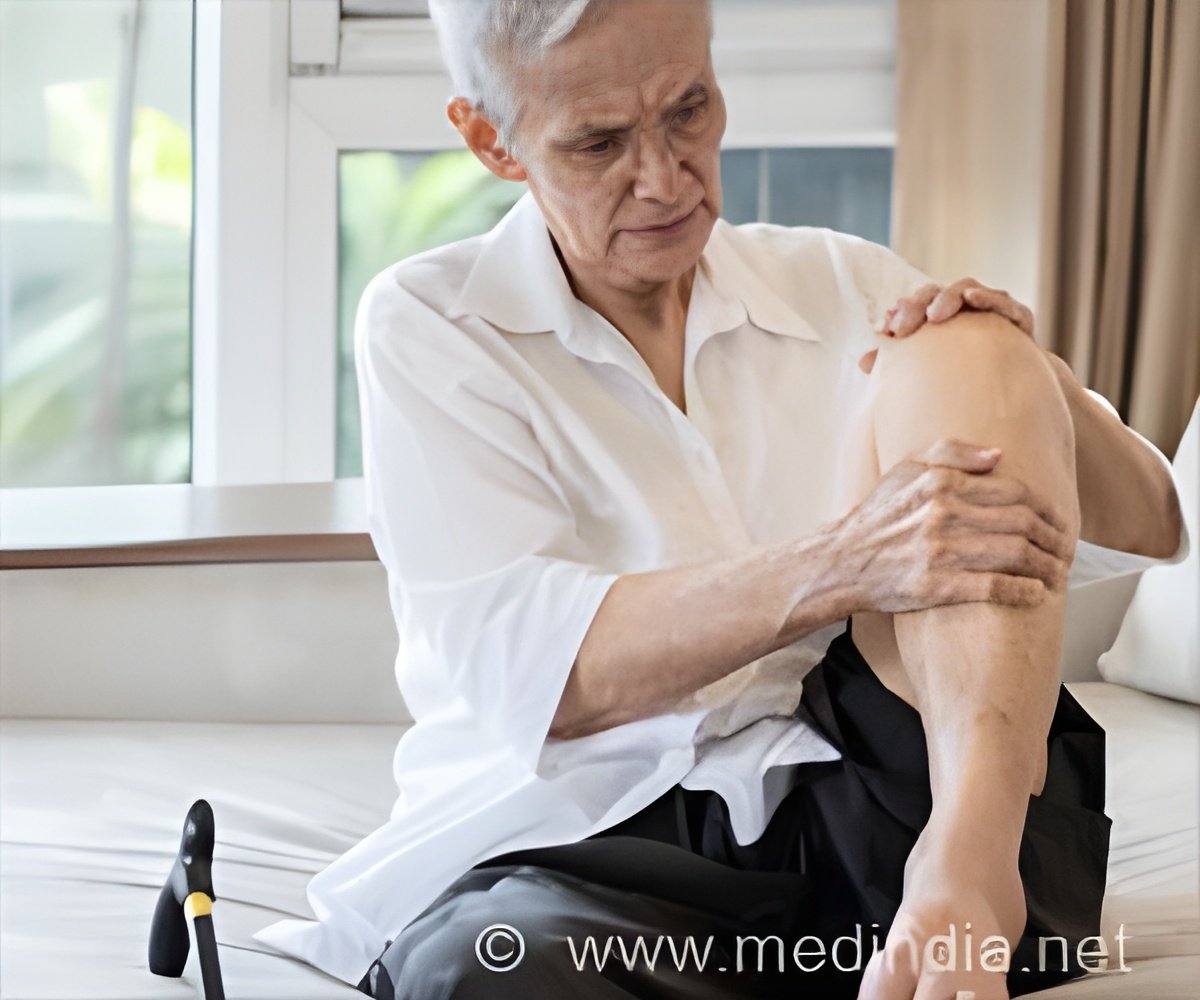Osteoarthritis may more than double the risk of rapid progression to severe multimorbidity. Key factors include low physical activity, high-calorie diet, and chronic inflammation.

Twenty-year trajectories of morbidity in individuals with and without osteoarthritis
Go to source). Researchers suggest that persistently low levels of physical activity, a high-calorie diet, and chronic low-grade inflammation may help explain the link between osteoarthritis and the increased risk of accumulating other long-term conditions.
‘Low #physicalactivity, high-#calorie diet, and low-grade #inflammation are suggested as plausible links between #osteoarthritis and other chronic diseases. #bonedisease #multimorbidity’





Understanding Osteoarthritis: Key Contributing Factors in a Global Health Issue
Although the exact causes aren’t known, injury, age, family history, and female sex are all thought to be contributory factors to the development of osteoarthritis, which affects more than 500 million people globally.Around 7 out of 10 of those affected are likely to have other long term conditions, but it’s not clear how quickly these develop, or how severe they are, say the researchers.
In a bid to find out, they drew on continuously collected healthcare data for the Skåne region of Sweden (around 1.4 million residents) and extracted diagnoses for osteoarthritis and 67 common long term conditions.
They focused on those aged at least 40 on 31 December 2007, who had lived in the region since 1998, and who had been newly diagnosed with osteoarthritis between 2008 and 2009. This added up to a total of 9846 people with an average age of 66 (58% women).
Each of these cases was matched with two people of the same age and sex who didn’t have osteoarthritis (reference group) adding up to a total of 19692 people.
Advertisement
Some 5318 people were newly diagnosed with knee osteoarthritis, 2479 with hip osteoarthritis, 988 with hand osteoarthritis, 714 with osteoarthritis in other joints, and 499 with generalised osteoarthritis between 2008 and 2009.
Four different patterns of progression emerged between 1998 and 2019: mild multimorbidity late progression (class 1); mild multimorbidity early progression (class 2); moderate multimorbidity (class 3); and severe multimorbidity (class 4).
In 1998 the average number of long term conditions was low (1 or none) in all 4 classes. And those in class 1 progressed the most slowly to developing several long term conditions and had the lowest cumulative total at the end of the tracking period, with an average of around 3.
There was little or no development of long term conditions for around 10 years among those in this category, followed by more rapid progression that brought them on a par with people in class 2. In general, those in classes 1 and 2 tended to be younger and better educated.
Those in class 4, on the other hand, progressed the fastest and had the highest cumulative total of around 10 long term conditions at the end of the tracking period.
The disability weighting used in the Global Burden of Disease (GBD) study was used to assess the severity of each long term condition, excluding osteoarthritis.
Levels of disability mirrored the categorisations. They were lowest among those in class 1 and highest among those in class 4, where over half (57%) the participants had died by the end of the tracking period.
The prevalence of osteoarthritis was also lowest among those in class 1 (29%) and highest among those in class 4 (42%). And osteoarthritis was associated with a 29% heightened risk of class 1 membership, but a more than doubling in risk for class 4 membership.
The presence of osteoarthritis alone, however, was a poor predictor of any class of membership, the findings showed.
“While this study did not aim to study the timing of [osteoarthritis] diagnosis in relation to multimorbidity, our results suggest that [it] can, in some cases, precede multimorbidity—as it can be observed in mild multimorbidity late progression class—while in others [it] is diagnosed when multimorbidity is already established,” explain the researchers.
“These results suggest that [osteoarthritis] is part of a disease continuum where [it] and other chronic conditions concur to the development of more severe multimorbidity,” they add.
Age is a highly influential factor in the development of long term conditions, point out the researchers. “Nonetheless, the correlation between [osteoarthritis] and multimorbidity remained unaffected, indicating that [its] association with multimorbidity extends beyond age,” they write.
This is an observational study, and as such, no definitive conclusions can be drawn about causal factors. And the researchers acknowledge several limitations to their findings, including that the role of physical activity, diet, and body weight weren’t factored into the various classes.
Reference:
- Twenty-year trajectories of morbidity in individuals with and without osteoarthritis - (https://rmdopen.bmj.com/content/10/2/e004164)
Source-Eurekalert















